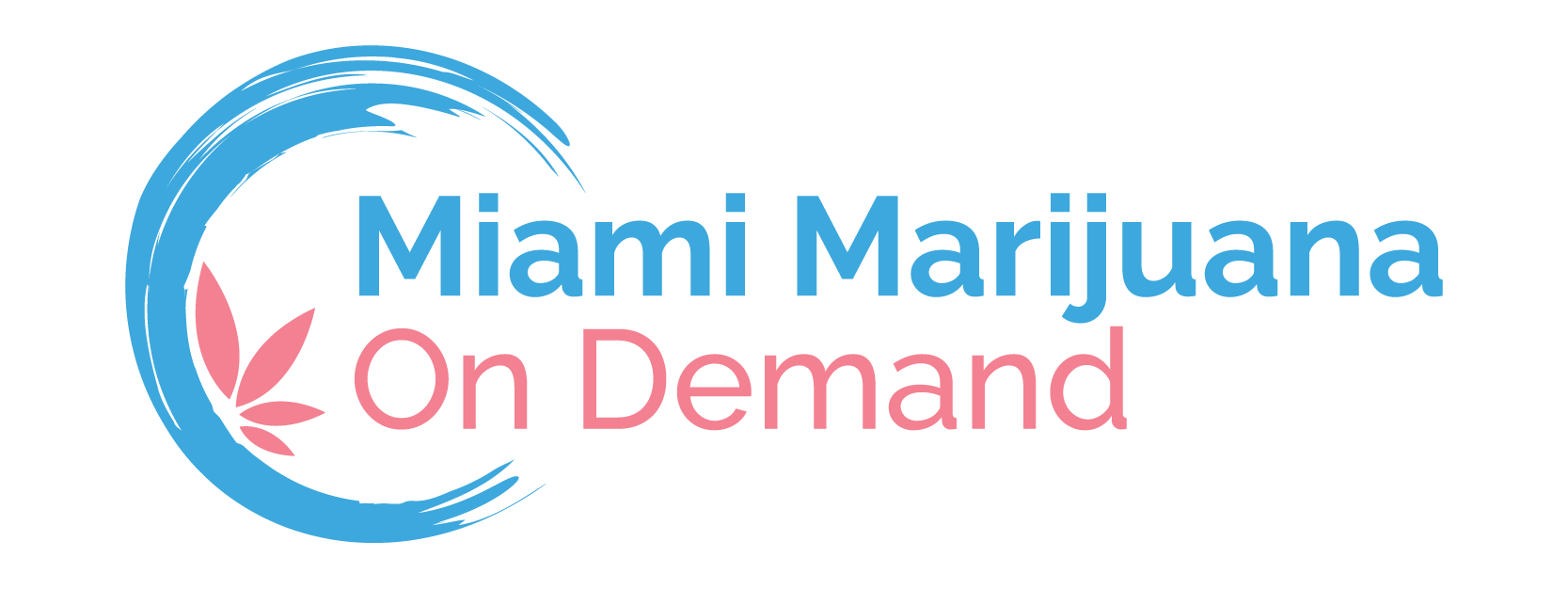On August 29, 2025, House Democrats reintroduced the MORE Act (Marijuana Opportunity Reinvestment and Expungement Act). (Jerry Nadler’s Website) The lead sponsor is Rep. Jerrold “Jerry” Nadler (D-NY), plus co-chairs of the Congressional Cannabis Caucus — Dina Titus (D-NV) and Ilhan Omar (D-MN) — and Rep. Nydia Velázquez (D-NY). READ MORE: Jerry Nadler’s Website
The bill would:
- Deschedule cannabis from the Controlled Substances Act (i.e. remove it entirely rather than simply rescheduling).
- Decriminalize federal cannabis offenses and forbid federal interference in state-legal cannabis activity.
- Expunge and resentence prior marijuana convictions or allow courts to revisit sentences.
- Reinvest federal cannabis tax revenue into communities harmed by past enforcement and support equity initiatives.
- Impose an initial federal tax on cannabis and cannabis products (e.g., a floor 5% tax) as part of its market regulation mechanism. READ MORE: MPP
That said, the bill is widely described as a longshot. While it signals intent and draws public attention, the legislative reality suggests it will likely stall or be substantially modified before becoming law. READ MORE: MJBizDaily
Political strategy & companion proposals
The MORE Act is not the only legislative push in 2025. Other proposals aim to build regulatory foundations or incremental reforms:
- PREPARE Act — introduced by Republican Rep. Dave Joyce (R-OH) and House Democratic Leader Hakeem Jeffries (D-NY). It focuses on creating a regulatory framework should federal legalization move forward, rather than forcing descheduling immediately.
- STATES / STATES 2.0 Act — reintroduced in 2025 by Reps. Dave Joyce, Max Miller, and Dina Titus. This bill seeks to “deschedule” cannabis while allowing states, territories, and tribal nations to regulate cannabis how they see fit.
- In the Senate, S.4226 (Cannabis Administration and Opportunity Act) is a companion effort introduced by Senators Schumer, Booker, and Wyden. This bill also aims to deschedule cannabis, restore justice, and regulate at the federal level.
These efforts reflect a multi-pronged legislative strategy: push the bold MORE Act and use companion or incremental bills to build momentum and shape the regulatory groundwork.
How plausible is passage?
Several challenges stand in the way:
- Senate opposition: The Senate has historically balked at cannabis legalization, and no marijuana legalization bill has ever passed both chambers.
- Committee logjam: Even if introduced, the MORE Act would need to pass through Judiciary, Ways & Means, and possibly other committees before reaching a full floor vote. Historically, cannabis bills stall in committee.
- Partisan divides: While public support for legalization is strong, congressional leadership may still view politically risky or complex legalization legislation with caution. READ MORE: MJBizDaily
- Budget & tax tradeoffs: Estimates of tax revenue and cost offsets, plus the impact on federal programs, will be hotly debated.
- Regulatory complexity: Even if descheduling succeeds, implementing a national regulatory regime for cannabis (safety, testing, licensing, interstate commerce) is a massive lift.
Still, the introduction accomplishes several strategic goals: rallying reform advocates, setting a legislative baseline, and putting pressure on moderates and Senate leaders. The bill’s reappearance sends a message that federal prohibition supporters are losing political cover.
What it means if it passes (or partially succeeds)
If the MORE Act (or a version thereof) passed, the implications would be massive:
For the cannabis industry
- Banking access & tax relief: Cannabis businesses would no longer be subject to the crippling effects of Section 280E (which prevents deductions for expenses in Schedule I drug businesses). That change alone improves profitability, enables clearer accounting, and encourages expansion.
- Interstate commerce: Descheduling would open the door to regulatory frameworks that allow cross-state transport and sales, enabling national brands and supply chains instead of each state being isolated islands.
- Investor confidence & capital flow: With federal legality, more institutional investment (public markets, VC, debt financing) becomes accessible. The risk premium and compliance uncertainty drop significantly.
- Standardization and quality control: A federal regulatory overlay would require alignment on testing, labeling, safety, THC caps, and more — pushing more uniformity across state markets.
- Social equity / reparative justice: The forced expungements and reinvestment mechanisms in the bill aim to correct harms from the War on Drugs, particularly in communities disproportionately impacted by enforcement.
- Business consolidation & M&A: A wave of mergers, acquisitions, brand licensing, and consolidation would accelerate as national companies consolidate regional operators.
However, implementation challenges abound: states would need to align their laws, regulators would need to build capacity, and legacy unlicensed (“black”) markets might resist being crowded out overnight.
For states & regional markets
- Regulation harmonization: States with adult-use legalization would need to recheck their frameworks against a federal overlay. Some might need to amend law or regulation in light of federal rules.
- Emerging markets benefit: States currently considering legalization or regulatory reform would likely benefit from greater clarity, interstate frameworks, and federal guardrails.
- Border state dynamics: The tension between legal and illegal markets in states bordering prohibition states (or those with weaker regimes) may shift, especially if interstate logistics become available.
- Tax tourism and trafficking: States may shift tax strategy and anti-diversion enforcement, with federal support and oversight to manage cross-border issues.
- Criminal justice / law enforcement: Many states would shift policing priorities, reduce cannabis arrests, and process re-sentencing requests.
What’s next & steps to watch
- Committee referrals — Will the MORE Act be assigned to relevant committees quickly, or will it stall in subcommittees?
- Senate response — Whether Senate leadership (e.g., Schumer, Wyden) signal support or introduce companion language is a key indicator.
- Budget negotiators & reconciliation — Sometimes reform provisions get wrapped into larger must-pass bills (e.g., appropriations, reconciliation).
- Rescheduling vs full descheduling — The Biden administration and DEA are reportedly considering reclassifying cannabis from Schedule I to Schedule III, which is a more modest step than full removal. READ MORE: Cannabis Business Times
- State legislative alignment — States will begin (or accelerate) law adjustments to ensure their systems can plug into a possible federal regime.
- Advocacy pressure & public momentum — Reform groups, industry coalitions, and state actors will likely amplify pressure campaigns to force movement.
Bottom line
The reintroduction of the MORE Act by House Democrats is a bold, symbolic push to legalize cannabis at the federal level, with broad provisions for de-scheduling, expungement, taxation, and regulation. While its path to becoming law is steep and uncertain, the proposal is significant: it sets the benchmark for future discussions, signals momentum in reform-friendly chambers, and lays the blueprint for what full-scale federal legalization might look like.
If even pieces of it advance — like easing banking burdens, reducing tax burdens, or establishing safer frameworks — the cannabis industry could see profound shifts. States, especially those with existing legal markets, will have to adapt fast. For reform advocates and market players alike, the key is watching how this bill interacts with Senate strategy, administration willingness, and appropriations cycles.
Let me know if you want a breakdown of specific sections of the MORE Act or comparisons to past legalization efforts.

